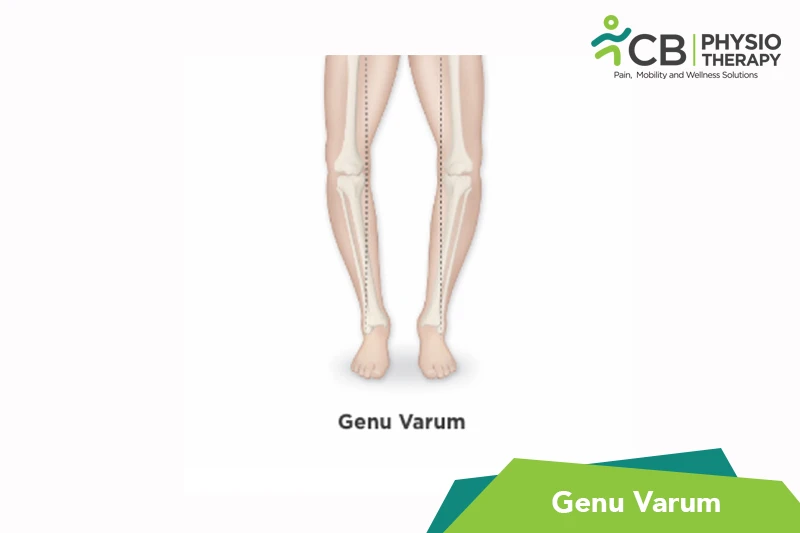Thermotherapy:Thermotherapy or heat therapy is used to reduce pain and inflammation in the knee joint.
Transcutaneous Electrical Nerve Stimulation (TENS):TENS involves the use of low-frequency electrical current to stimulate the nerves in the affected area. This can help to reduce pain and inflammation, which may be beneficial in cases where bow-leggedness is causing discomfort.
Ultrasound Therapy:Ultrasound therapy involves the use of high-frequency sound waves to penetrate the skin and stimulate blood flow to the affected area. This can help to reduce pain and inflammation in the knee joint.
Interferential Current Therapy (IFC): IFC involves the use of two high-frequency electrical currents that are applied to the affected area through electrodes. The electrical currents interact with each other to produce a deep heating effect that can help to improve blood flow, reduce inflammation, and promote healing.
Neuromuscular Electrical Stimulation (NMES): NMES involves the use of electrical currents to stimulate the muscles in the affected area. This can help to improve muscle strength, endurance, and coordination, which may be beneficial in cases where bow-leggedness is caused by muscle weakness or imbalance.
Pulsed Electromagnetic Field Therapy (PEMF): PEMF involves the use of low-frequency electromagnetic waves to stimulate the cells in the affected area. This can help to reduce inflammation, improve blood flow, and promote healing.
Strengthening Exercises: Strengthening exercises for the muscles around the hips, knees, and ankles can help improve the alignment of the legs and reduce the strain on the knees. Exercises may include squats, lunges, leg presses, calf raises, and hip abductor and adductor exercises.
Stretching Exercises: Stretching exercises can help to improve flexibility and range of motion in the knee joint, which may help to reduce the strain on the joint and improve overall mobility.
Gait Training: Gait training involves working with a physiotherapist to improve the patient's walking pattern. This may include using assistive devices such as braces or crutches or making modifications to the patient's footwear or gait pattern.
Manual therapy: Manual therapy techniques, such as massage or joint mobilization, can help to improve blood flow and reduce inflammation in the affected area. This can help to improve overall function and reduce pain and discomfort.
Balance Exercises: Balance exercises can help improve proprioception and coordination, which can help improve the alignment of the legs. Exercises may include standing on one leg, wobble board exercises, and single-leg squats.
